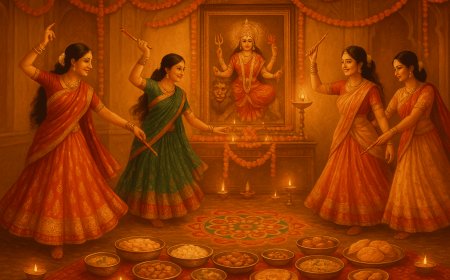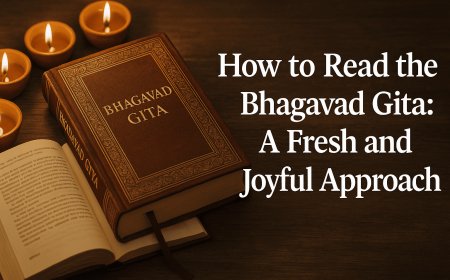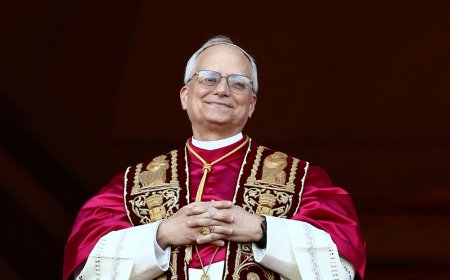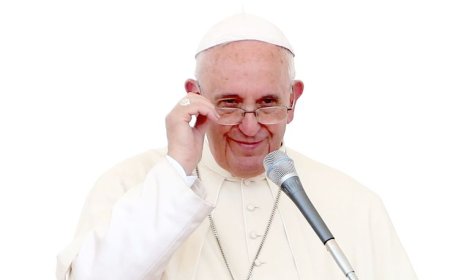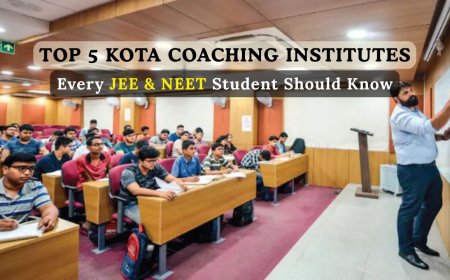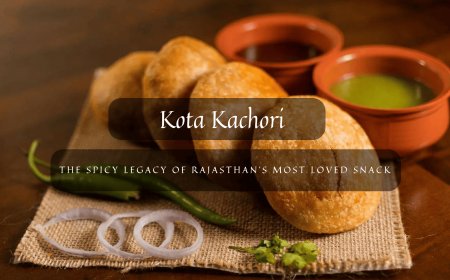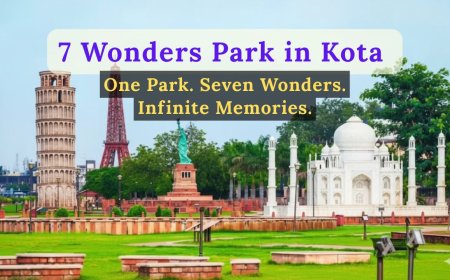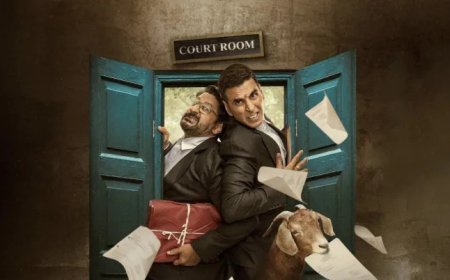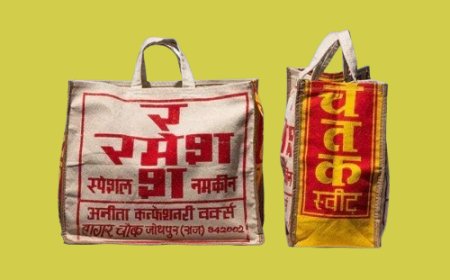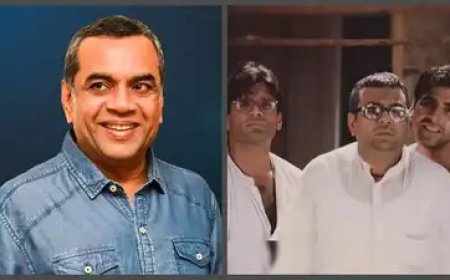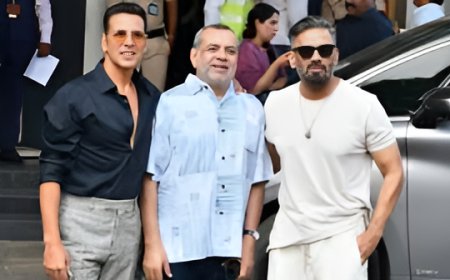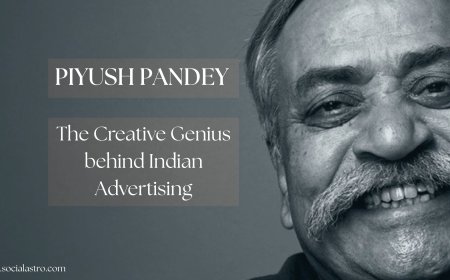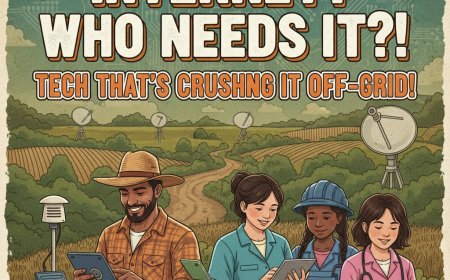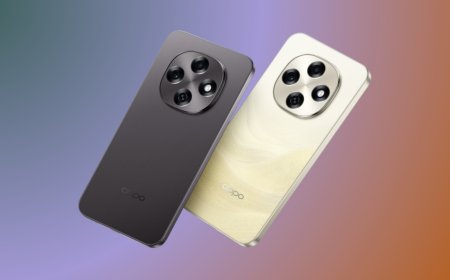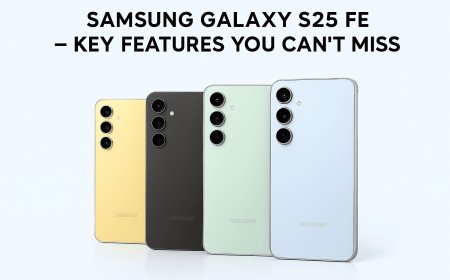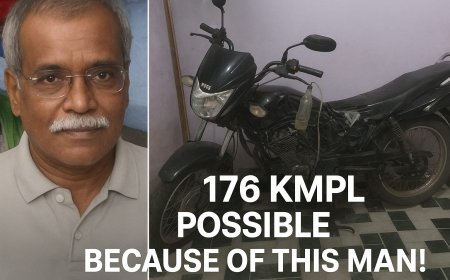Piyush Pandey: The Creative Genius Who Gave Indian Advertising Its True Voice
Discover how Piyush Pandey revolutionized Indian advertising with culture, emotion, and storytelling that turned brands into timeless household names.
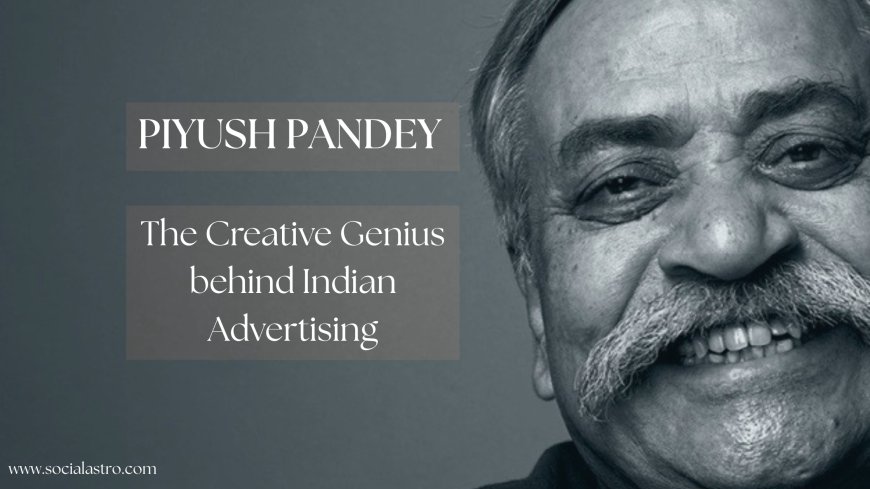
Few names sit as comfortably beside the word advertising in India as Piyush Pandey. For more than four decades, he shaped how India spoke, laughed, and even dreamed through its ads. From Fevicol’s sticky humor to Cadbury’s chocolatey joy, Pandey didn’t just market products; he told the country its own story.
Here’s the thing: before Piyush Pandey, Indian advertising often felt like an imitation of the West. The tone, the language, the polished look - all borrowed. Then came this man from Jaipur who believed the streets, the small towns, and the quirks of everyday Indian life were more than enough to move an entire nation. That belief that ads should sound like India, not about India, changed the game forever.
The Man Who Made Indian Advertising Truly Indian
Born in Jaipur in 1955, Pandey didn’t follow the conventional route into advertising. He had tried a bit of everything: cricket, teaching, even tea tasting - before finding his true calling at Ogilvy India. What set him apart wasn’t formal training or fancy jargon. It was something much rarer: an instinctive understanding of how Indians think, talk, and connect.
At a time when ads spoke in stilted English and looked far removed from real life, Pandey dug into the heart of the country, its languages, its humor, its emotions. He made “Bharat” visible in the world of India.” That approach, simple, grounded, and deeply human, became the soul of his work and, eventually, of modern Indian advertising itself.
Campaigns That Defined Generations
Pandey’s ads didn’t just sell; they stayed. They became cultural touchstones, still fondly remembered and shared decades later.
1. Cadbury Dairy Milk – “Kuch Khaas Hai”
Before this campaign, chocolate was something kids ate. Pandey turned it into a moment of celebration for everyone. That scene: a woman dancing freely on a cricket field after her partner’s century wasn’t just about joy. It was about freedom, expression, and emotion. Cadbury suddenly felt Indian, not imported.
2. Fevicol – “Fevicol Ka Mazboot Jod”
No one captured India’s sense of humor quite like this. Overloaded trucks that never fall apart. Villagers are glued to a bench that won’t budge. Pandey turned an adhesive into a symbol of unity and resilience. “Fevicol ka jod” slipped into daily conversation, a sign that an ad had become part of everyday life.
3. Asian Paints – “Har Ghar Kuch Kehta Hai”
He gave voice to the walls themselves. It wasn’t about colors or finishes; it was about memories. The laughter, the arguments, the stories every home carries. Painting became less about décor and more about emotion. Only Pandey could turn repainting a wall into poetry.
4. Hutch (Vodafone) – “You and I” featuring Cheeka the Pug
Remember the little boy and his loyal pug? That campaign didn’t talk about technology or tariffs. It talked about connection - pure and simple. The line “Wherever you go, our network follows” became more than a slogan. It was a warm, wordless reminder of loyalty and care.
5. “Do Boond Zindagi Ke” - The Polio Awareness Campaign
Not everything he did was commercial. The national polio campaign he helped craft carried the same honesty and warmth as his brand work. It used clarity, trust, and emotional simplicity to reach rural India and played a real role in saving lives.
Changing the Language of Indian Advertising
Pandey didn’t just create ads; he changed the very language of advertising. He replaced Westernized English with the melody of Indian speech - Hindi, Marathi, Bengali, and dozens of dialects that had rarely been seen as “professional.”
That shift made ads more democratic. Suddenly, everyone could see themselves reflected on screen: the farmer, the teacher, the housewife, the shopkeeper. His writing was local, but his emotion was universal.
That’s why his lines stuck. “Fevicol ka mazboot jod.” “Kuch khaas hai zindagi mein.” “Har ghar kuch kehta hai.” They were conversations that people could relate to easily.
A Mirror to a Changing India
Every decade of Pandey’s work mirrored a chapter of India’s story. In the 1990s, as liberalization brought new dreams and confidence, his ads captured that shift. He celebrated small joys, sharing sweets, painting homes, and staying connected without losing sight of the people who made those moments special.
He gave dignity to the ordinary. Women weren’t props in his ads; they were the heart of them. Small towns weren’t backdrops; they were characters. His humor was never forced. It came from truth, from recognizing how people actually live and laugh.
In a way, his commercials were tiny documentaries of a country growing up warm, imperfect, hopeful.
The Political Chapter: “Ab Ki Baar, Modi Sarkar”
In 2014, Pandey entered political advertising with a line that would echo across the nation: “Ab ki baar, Modi sarkar.” Whether you admired it or debated it, you couldn’t ignore it. The slogan was crisp, rhythmic, and emotionally charged.
It showed how deeply he understood mass communication. He knew the rhythm of speech that sticks, the tone that catches, the simplicity that persuades. That campaign wasn’t about politics as much as it was about understanding what moves people.
From Jaipur to Global Recognition
For all his success, Pandey stayed disarmingly grounded. He often said advertising wasn’t about cleverness or shock value, it was about simple ideas that touch hearts. That belief took him from Jaipur’s classrooms to the global stage at Ogilvy.
He won awards at Cannes and across the world, but his biggest legacy is influence. Generations of copywriters and creative directors still quote him when they’re stuck on an idea. His humility, humor, and storytelling became part of the industry’s DNA.
Even as he rose to global fame, he never lost touch with India’s pulse. He was always listening to conversations in markets, to jokes in trains, to the rhythm of everyday speech. That curiosity kept his work alive and timeless.
The End of an Era, The Beginning of a Legacy
When news of his passing broke in October 2025, India paused. Tributes poured in from every corner, brands, colleagues, audiences, and even competitors. The message was the same: Piyush Pandey made advertising human again.
He reminded everyone that empathy beats gimmicks, and that the best campaigns are built on truth, not tricks. His ads didn’t just work; they lingered. Even now, when someone hums an old jingle or quotes a line from an ad, chances are it came from his pen.
What We Can Still Learn from Piyush Pandey
If there’s one lesson his career teaches, it’s that authenticity always wins. Whether you’re building a brand or telling a story, the closer you stay to real people, the stronger your message becomes.
Pandey showed that creativity isn’t about being clever. It’s about connection, bridging emotion and commerce, humor and honesty, aspiration and reality. His work proves that relevance doesn’t come from trends; it comes from truth.
A Timeless Voice
Piyush Pandey’s journey was never just about advertising. It was about identity, about helping India see itself with pride, humor, and affection. That’s why his work doesn’t age. It belongs to every generation that believes communication should touch hearts before it touches markets.
So, the next time an ad makes you smile, think of the man who taught India to speak in its own language and to listen with its heart.
What's Your Reaction?
 Like
0
Like
0
 Dislike
0
Dislike
0
 Love
0
Love
0
 Funny
0
Funny
0
 Angry
0
Angry
0
 Sad
0
Sad
0
 Wow
0
Wow
0
